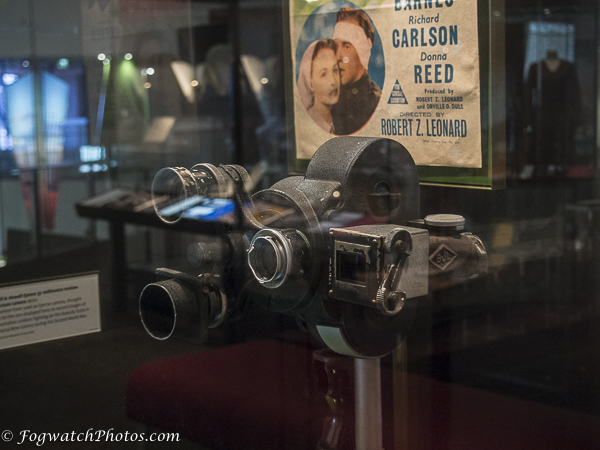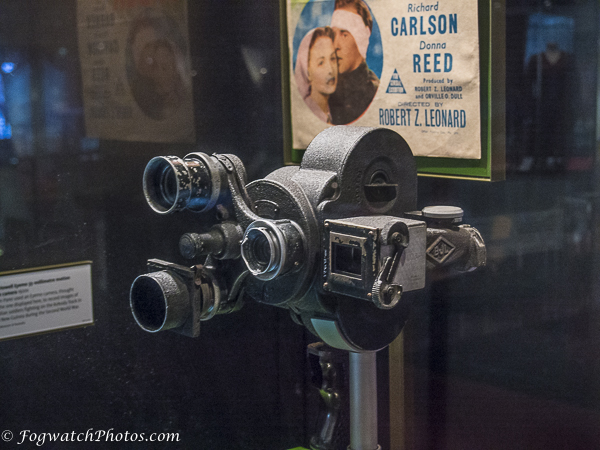Circular Polariser Filter (CPL)
When trying to record your travels, there is nothing so frustrating as not being able to get a decent photo in a museum. On my first visit to the British Museum, I completely failed to get a decent photo of the Rosetta Stone. Why? It was behind glass and it faced the door, resulting in hideous reflections, and not just because I was in the reflection! I learned later that I needed a special kind of filter – a circular polariser.

In a museum your biggest challenge will be reflections from glass display cases. So forget the UV filter – they do protect your lens, but so will a lens hood. Instead, bring a circular polariser filter. The circular polariser has saved me more times than I can count, and is always in my camera bag.
What is polarised light?
When light travels to an object the light waves are travelling randomly in all directions. But when they bounce off an object (reflection), the light waves coming back at you are all lined up in one plane – the plane of the shiny object. this light is polarised.
How does a circular polariser work?
The circular polariser filter uses long polymer molecules aligned along a plane in one direction. This will only allow light from one plane to pass through. It is mounted in a circular frame which allows you to rotate the filter until it cancels out the reflected light. So all the rest of the light from the object comes through to your camera.
What difference does it make? Take a look at these two photos taken recently at the National Museum of Australia. The first is without the CPL filter – notice those annoying reflections!

And with the circular polariser filter – the reflections have disappeared!

Is there an alternative?
Actually yes – if you have a small lens or point and shoot camera you can in a pinch use your polaroid sunglasses – they work the same way as a CPL (you may need to rotate them to get the best effect).
You can buy a circular polariser here (affiliate link)
Leave a comment and let me know what challenges you face when photographing in museums 🙂
You can have these posts delivered to your in-box by hitting the ‘subscribe button to your left 🙂
